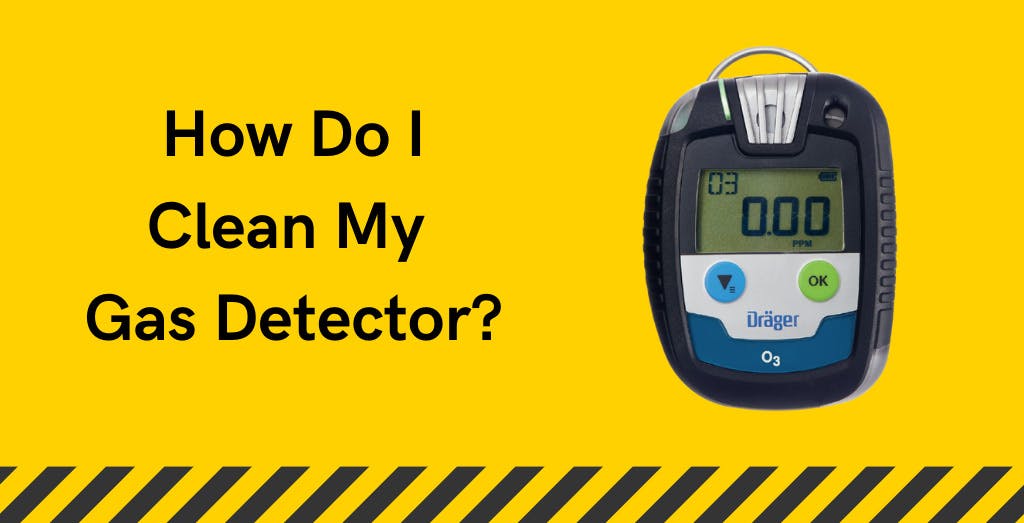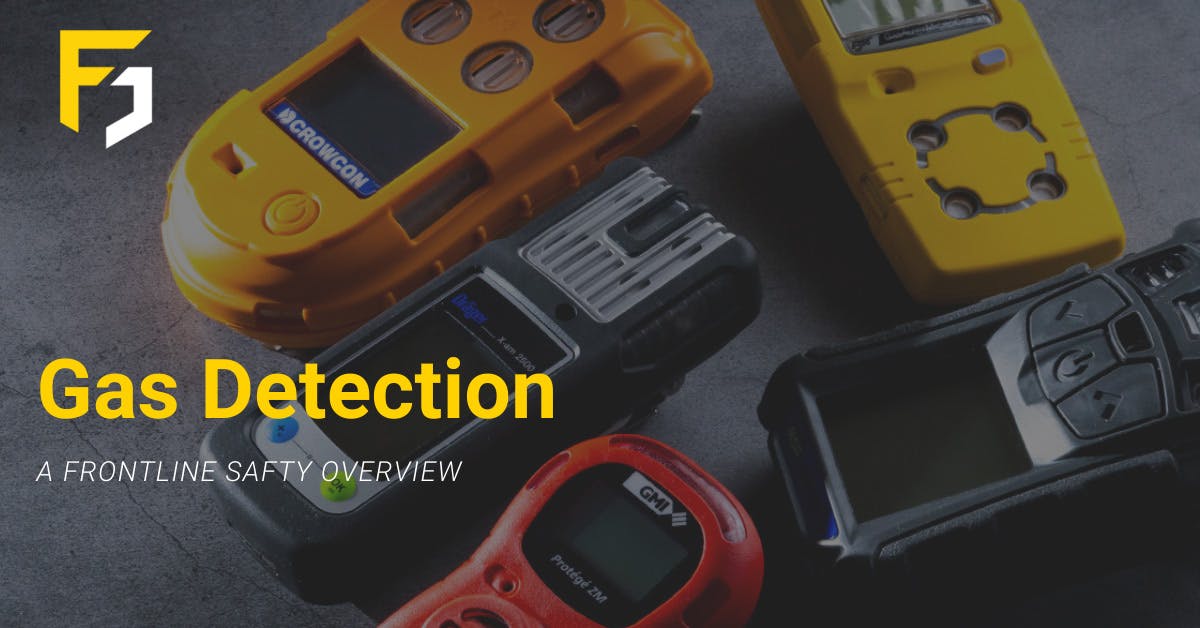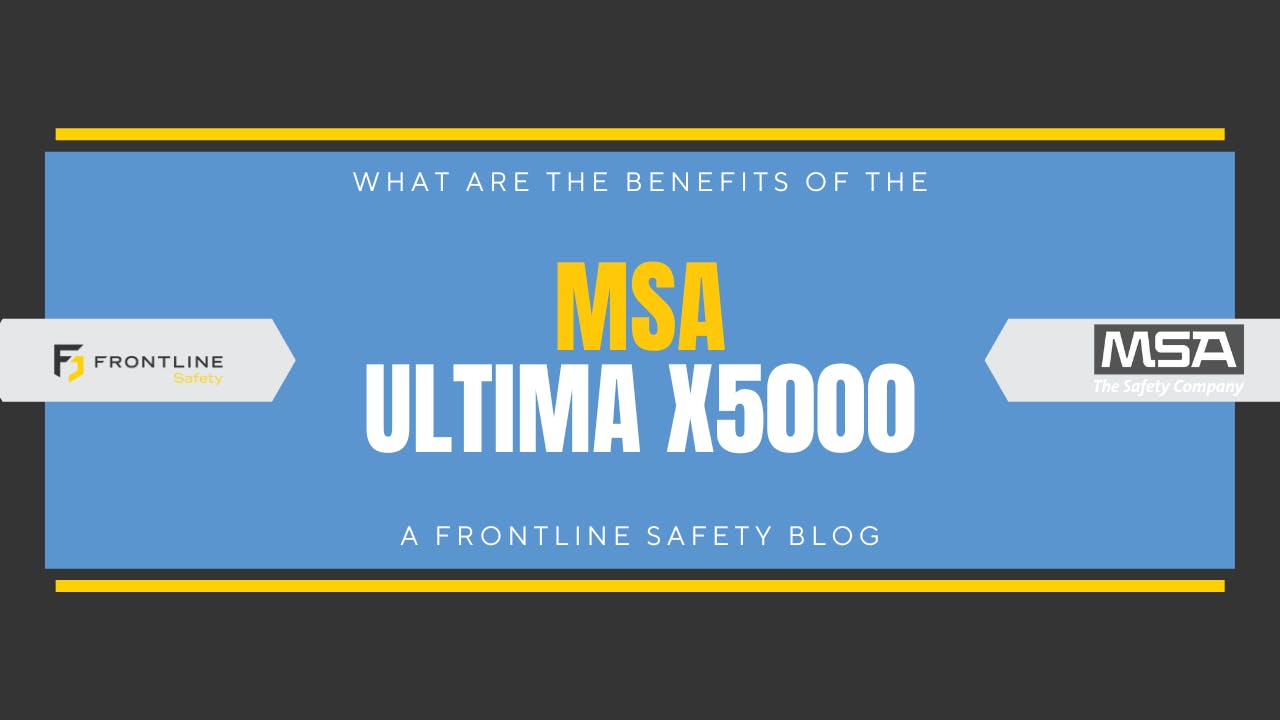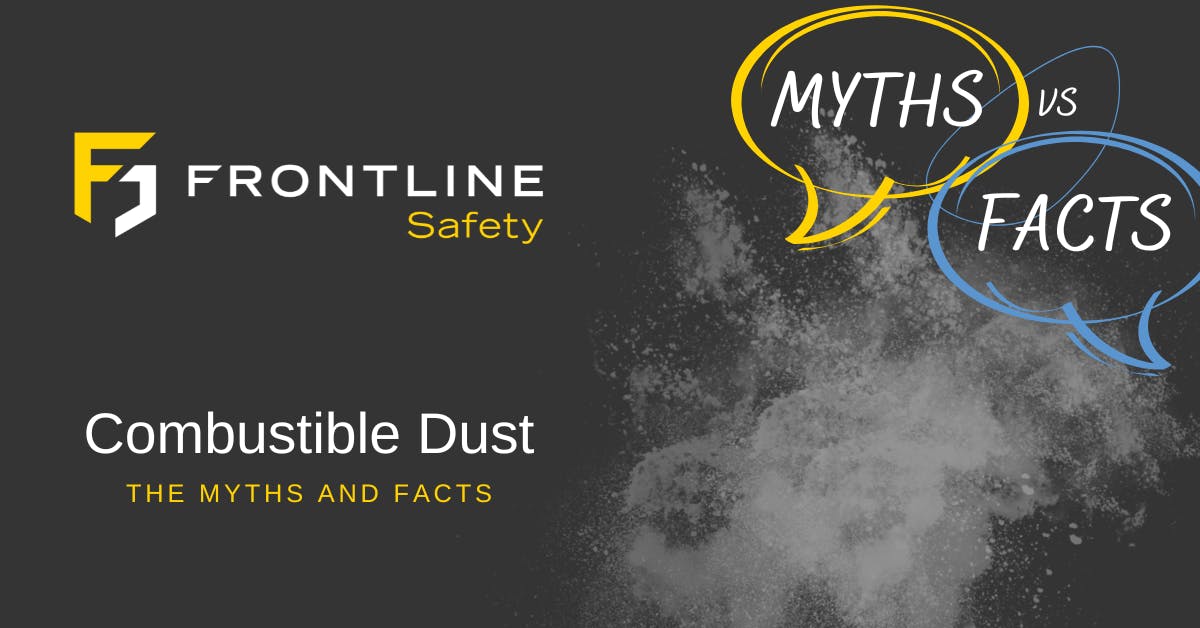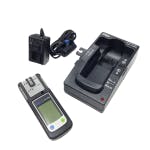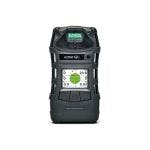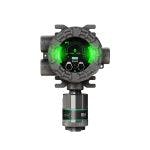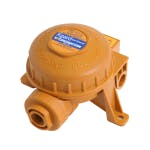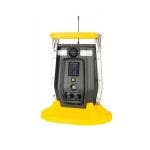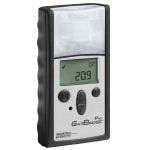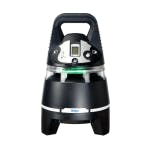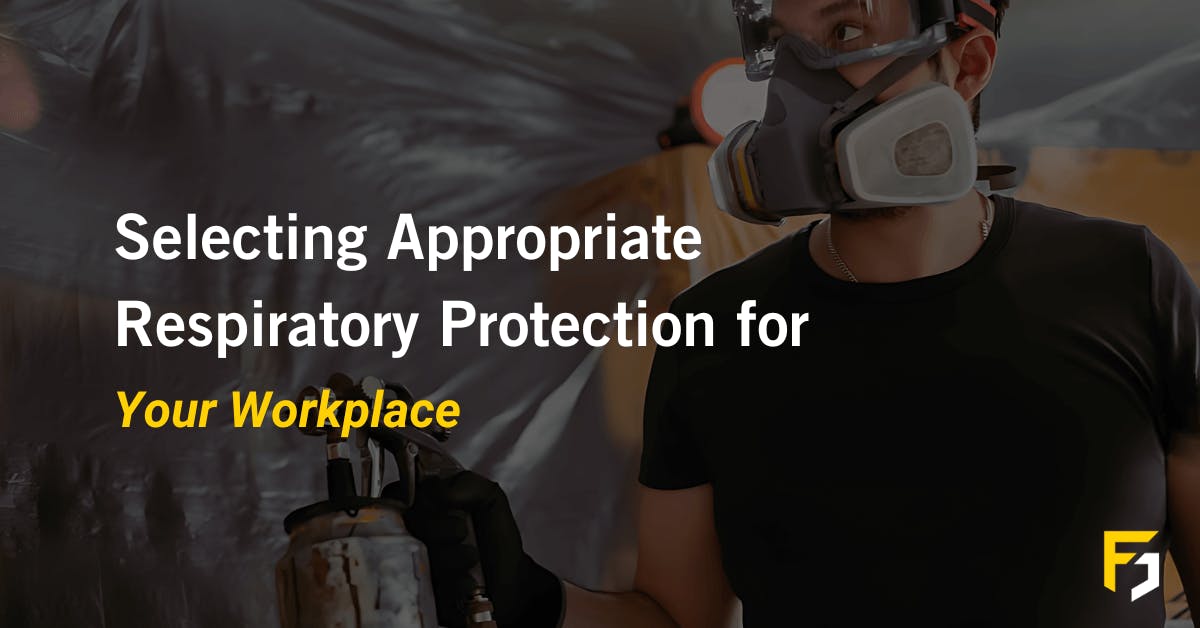
Gas Detection in ATEX Rated Zones
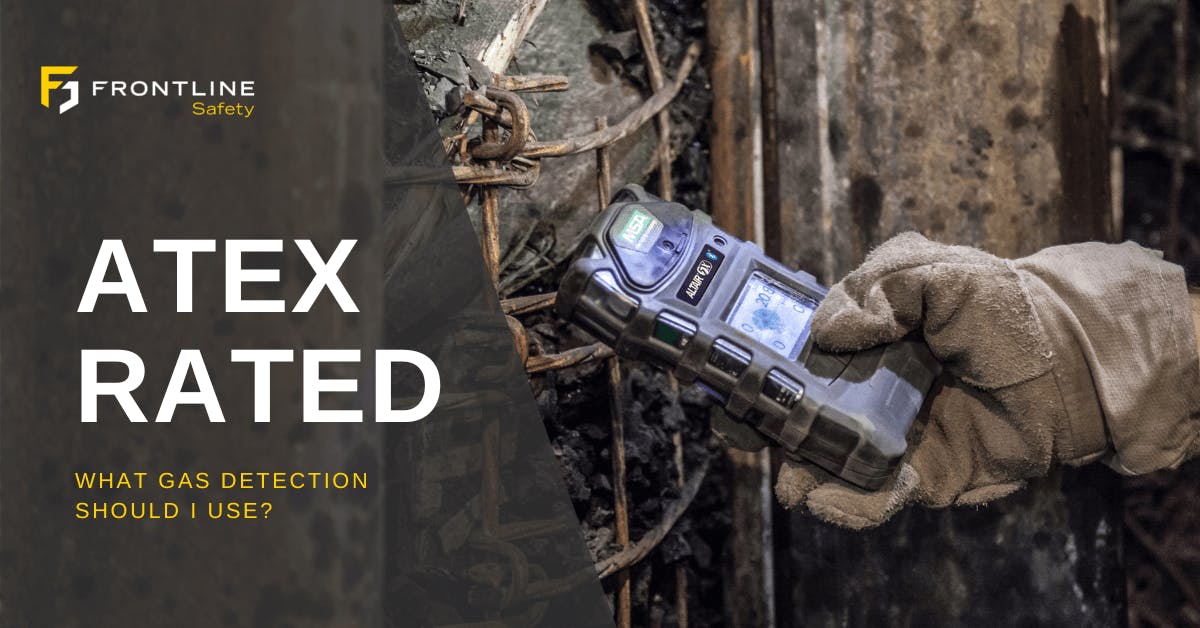
What is an ATEX Rated Zone?
An ATEX-rated area is a hazardous area with a potential risk of explosive atmospheres due to flammable gases, vapours, liquids, or combustible dust. ATEX is derived from two European Directives, ATEX 99/92/EC and ATEX 2014/34/EU, which outline the minimum safety requirements for equipment and protective systems used in such environments.
ATEX-rated areas are classified into zones based on the likelihood of an explosive atmosphere occurring and the duration of its presence. Zone 0 is the highest-risk area where an explosive atmosphere is present continuously or for long periods, while Zone 2 is a lower-risk area where an explosive atmosphere is likely to occur occasionally or for short periods.
What Gas Detection Equipment Can Be used in ATEX rated areas?
Equipment used in ATEX-rated areas must be designed and certified to meet the safety requirements of the relevant ATEX Directive. This includes electrical and mechanical equipment, such as sensors, motors, mobile phones, and control systems. ATEX-rated equipment is designed to prevent the ignition of any explosive atmosphere and minimize the risk of an explosion.
Gas detection is a crucial element of safety in ATEX-rated zones. In such areas, gas detectors are typically used to monitor the concentration of flammable or toxic gases, vapours, or dust particles in the environment. The specific type of gas detection required in an ATEX-rated zone will depend on the classification of the zone and the potential risks associated with the particular gases present.

For example, fixed and portable gas detection systems can be used in Zone 0. Still, fixed systems are often used in Zone 0 areas where an explosive atmosphere is present continuously or for long periods. These systems use sensors to continuously monitor the concentration of flammable or toxic gases such as methane or ammonia and trigger alarms or shut down equipment if levels exceed predetermined thresholds. Users may enter Zone 0 areas only when equipped with an ATEX-approved gas detector. Any fixed or portable monitor used in a Zone 0 area must have a certified ATEX Rating.
In Zone 1 and Zone 2, portable gas detectors are more common and may be used periodically to test the air for flammable or toxic gases. These devices are typically small and handheld, making them easy to use in confined or hard-to-reach areas. You also may use a fixed system in both Zone 1 and Zone 2, where there is still a possibility of an explosion but not as high a risk as Zone 0.
It's important to note that gas detection systems used in ATEX-rated zones must be certified for use in hazardous environments and meet the relevant ATEX Directives' requirements. Regular maintenance and calibration of gas detectors are also necessary to ensure their proper functioning and accuracy.
Recommended Gas Detectors
Frontline Safety offers gas detection from the industry's leading manufacturers, such as BW, Drager, Crowcon, GMI, Industrial Scientific, and MSA. Visit our Gas Detection category for our full range and check out some of our recommended ATEX Rated gas detectors below.

